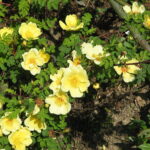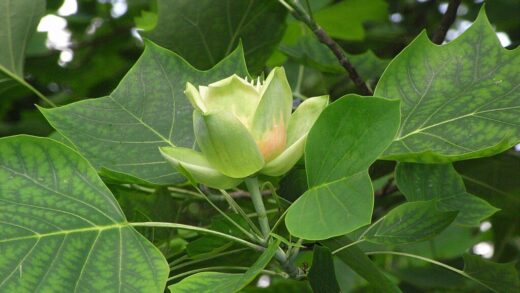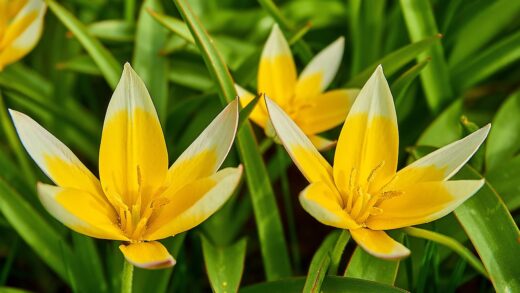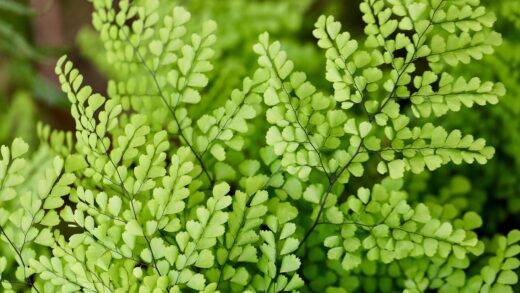Planting and propagation of fuchsia
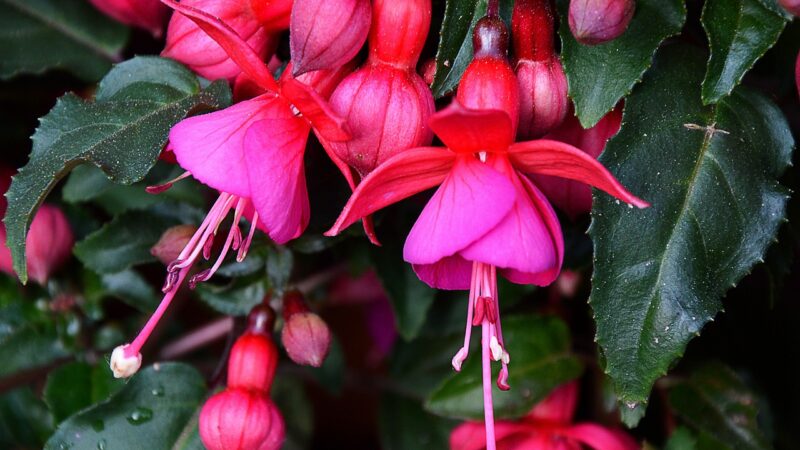
The process of planting and propagating fuchsias is a foundational skill that allows gardeners to not only establish new plants successfully but also to multiply their collection, creating a profusion of these stunning blooms. Proper planting is the first critical step, setting the stage for a plant’s long-term health and vitality by ensuring its root system can establish itself in a nurturing environment. Whether starting with a young plant from a nursery or a rooted cutting, the techniques used during this initial phase can significantly influence its future growth and flowering performance. This careful attention to detail from the very beginning is an investment in the plant’s future beauty.
When preparing to plant a new fuchsia, the selection of the correct container and growing medium is of paramount importance. The pot should be appropriately sized for the root ball of the young plant, providing enough room for growth without being so large that the soil remains waterlogged. Excellent drainage is non-negotiable; ensure the container has multiple drainage holes to allow excess water to escape freely. A high-quality, well-draining potting compost, ideally amended with perlite or fine grit to improve aeration, will provide the ideal conditions for the delicate roots to thrive and expand into their new home.
The planting process itself requires a gentle and methodical approach. Begin by partially filling the new container with the prepared potting mix. Carefully remove the fuchsia from its original pot, taking care not to damage the root system. If the roots are tightly coiled, a condition known as being root-bound, gently tease them apart to encourage outward growth. Place the plant in the center of the new pot, ensuring that the top of its root ball is sitting slightly below the rim of the container.
With the plant correctly positioned, proceed to fill the surrounding space with the potting mix, gently firming it down to eliminate any large air pockets. Avoid compacting the soil too tightly, as this can impede both drainage and root growth. Once the pot is filled, water the plant thoroughly until water begins to run out of the drainage holes. This initial watering is crucial for settling the soil around the roots and providing the moisture needed for the plant to begin establishing itself in its new environment.
Propagating fuchsias from cuttings
Propagation from cuttings is the most common and reliable method for multiplying fuchsias, allowing a gardener to create genetically identical clones of a favourite parent plant. The ideal time to take these cuttings is during the active growing season, typically in spring or early summer, when the plant has an abundance of healthy, vigorous, and pliable new growth. This type of cutting, known as a softwood cutting, generally roots more quickly and easily than older, woodier stems.
More articles on this topic
To take a cutting, select a healthy, non-flowering shoot and, using a clean, sharp knife or pair of secateurs, make a cut just below a leaf node – the point on the stem where a leaf or pair of leaves emerges. The cutting should be approximately 7 to 10 centimeters in length. Once the cutting has been taken, carefully remove the leaves from the lower half of the stem. It is also beneficial to pinch out the very tip of the cutting to encourage bushier growth once it has rooted.
The prepared cutting is now ready for rooting. While not strictly necessary, dipping the base of the cutting into a rooting hormone powder can increase the success rate and speed up the development of roots. The cutting should then be inserted into a pot or tray filled with a light, airy rooting medium, such as a mix of compost and perlite or vermiculite. The medium should be moist but not saturated, and the cutting should be inserted just deep enough to stand upright.
To create the humid environment that encourages rooting, the pot or tray should be covered with a clear plastic bag or placed in a propagator. This enclosed atmosphere reduces moisture loss from the leaves while the cutting is developing its own root system. Place the cuttings in a warm location with bright, indirect light, and ensure the rooting medium remains consistently moist. Roots typically begin to form within a few weeks, and once a healthy root system has developed, the new plant can be potted on into a larger container.
Growing fuchsias from seed
While propagation from cuttings is more common, growing fuchsias from seed can be a fascinating and rewarding experience, offering the potential for new and unique hybrid varieties to emerge. The process begins with harvesting seeds from the berries that form after the flowers have faded. It is important to allow these berries to ripen fully on the plant; they will typically turn a dark purple or black color when they are ready. Once harvested, the berries should be gently squeezed to extract the small seeds from the pulp.
More articles on this topic
After extraction, the seeds need to be cleaned thoroughly to remove any remaining pulp, which can inhibit germination and promote fungal growth. This can be done by rinsing them in a fine sieve under cool water. The cleaned seeds should then be allowed to dry on a paper towel for a day or two. While some growers sow the seeds immediately, others advocate for a period of cold stratification, where the seeds are mixed with damp sand and stored in a refrigerator for several weeks to break their dormancy.
For sowing, a seed tray or small pot should be filled with a fine, sterile seed-starting compost. The compost should be lightly firmed and moistened before the seeds are sown. Distribute the seeds thinly and evenly over the surface of the compost. Fuchsia seeds require light to germinate, so they should not be covered with a thick layer of compost; a very light dusting of fine vermiculite or sieved compost is sufficient to hold them in place.
The seed tray must then be placed in a warm, bright location, but out of direct sunlight, and covered with a clear lid or plastic wrap to maintain high humidity. Germination can be erratic and may take anywhere from a few weeks to several months. Throughout this period, it is crucial to keep the compost consistently moist but not waterlogged. Once the seedlings have emerged and developed their first true set of leaves, they can be carefully pricked out and transplanted into individual pots to continue their growth.
The technique of layering
Layering is another effective, though less commonly used, method of propagating fuchsias, which involves encouraging a stem to develop roots while it is still attached to the parent plant. This technique has a very high success rate because the stem, or ‘layer’, continues to receive water and nutrients from the parent plant until its own root system is sufficiently developed to support it independently. Layering is particularly useful for fuchsias with a trailing or lax growth habit, where stems may naturally come into contact with the soil.
The process is best performed in spring or summer. Select a long, flexible, and healthy stem from the current season’s growth. Carefully bend this stem down to the ground or to the surface of the soil in a nearby pot. At a point on the stem that makes contact with the soil, and preferably just below a leaf node, a small wound should be made. This can be done by gently scraping away a small section of the outer bark on the underside of the stem, which encourages root formation at that point.
To hold the wounded section of the stem in firm contact with the soil, it can be pegged down using a piece of bent wire or a small stone. Applying a small amount of rooting hormone to the wound before pegging it down can further enhance the chances of successful rooting. The pegged section of the stem should then be covered with a small mound of soil or compost, leaving the tip of the stem, with its leaves, exposed to the light and air.
Over the following weeks and months, the layered stem should be kept consistently moist. Roots will begin to form from the wounded area that is in contact with the soil. The development of new growth at the tip of the layer is a good indication that a healthy root system has been established. Once the layer is well-rooted, it can be severed from the parent plant and carefully lifted and potted up as a new, independent fuchsia plant.










